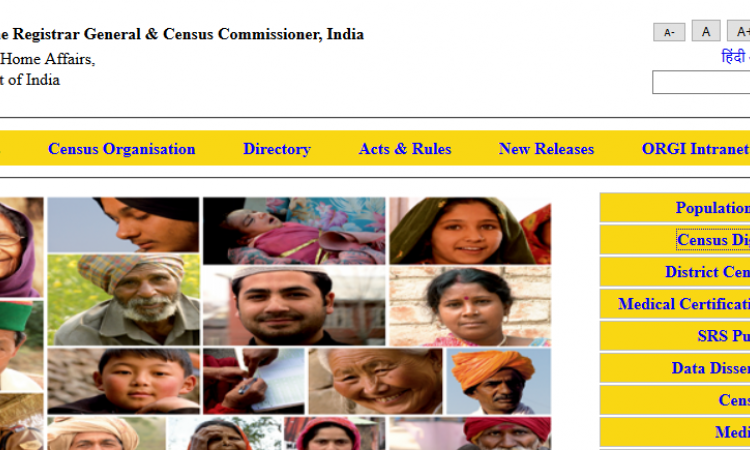
Census of India captures data on varied topics, one of them being rural water access. Many researchers use this data to understand the regional variations in water sources as well as its quality. But one needs to be cautious while analysing this data as there are few discrepancies and certain nuances that influence the data being collected. The article titled Data Discrepancies: Interpreting Rural Water Data in the Decadal Census published in the Economic and Political Weekly on July 15, 2017, highlights the key aspects of the Census data that needs to be considered while using it as a data source.
First, there is the discrepancy in data present in the house-listingdata set and that in the village amenities data set on village water sources. The house-listingdata set which consists of data collected from households seems to be more reliable than the village amenities data set which is collected from the village accountant. Second, the data on "access to taps" present in the house-listingdata set is generally taken as a proxy for "access to piped water supply". The crux of the data on "access to taps" collected by the census is that, census collects data only on drinking water sources.
In rural areas, households may access different sources of water for potable and non-potable purposes in times of water scarcity or when they are supplied with bad water through taps. For instance, when the gram panchayat borewell fails, or when the motor is under repair, households access water from other sources such as the tanker or from borewells of neighbouring farms. Also, if the gram panchayat borewell water is salty or muddy or of poor quality, then households access water from the nearby farm borewells or from the water purification units which are installed by the government. Thus, just the fact that people are accessing other sources of drinking water does not imply that they do not have access to piped water supply. They may be using the piped water supply for a non-potable purpose. Thus, "access to taps" of the census cannot be used as a proxy for "access to piped water supply".
Finally, the data on "access to treated water" is not a correct indicator of access to safe water since households are unlikely to know if their water is treated according to the norms stipulated by the government. They may only be able to judge the quality of water in terms of its brackishness and odour and may not capture the actual quality of water supplied. Since the gram panchayat is the major provider of water in villages, if the water supplied to a village by the gram panchayat is actually being treated, then most of the households in a village should report "treated water supply". Further investigation is needed when households in a village report both treated and untreated water supply.
Disclaimer: This is a contributed post. The views and opinions expressed in this article are those of the author/s and do not necessarily reflect the policy or position of India Water Portal.